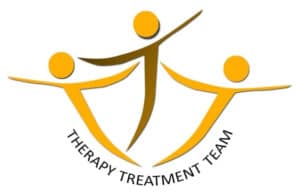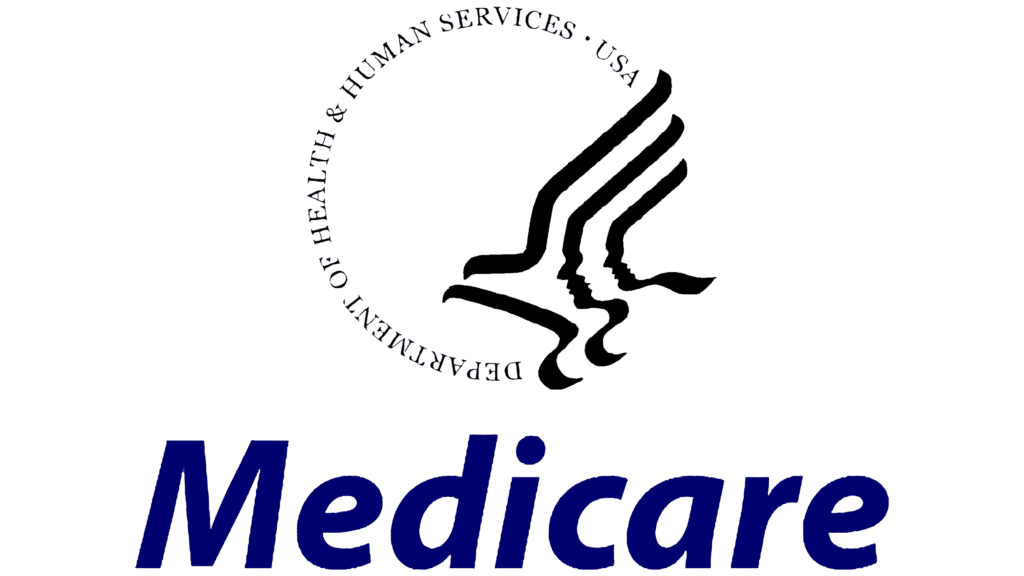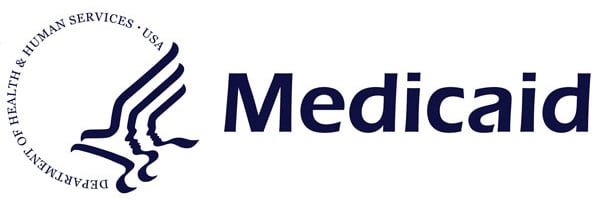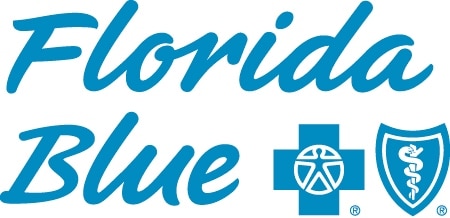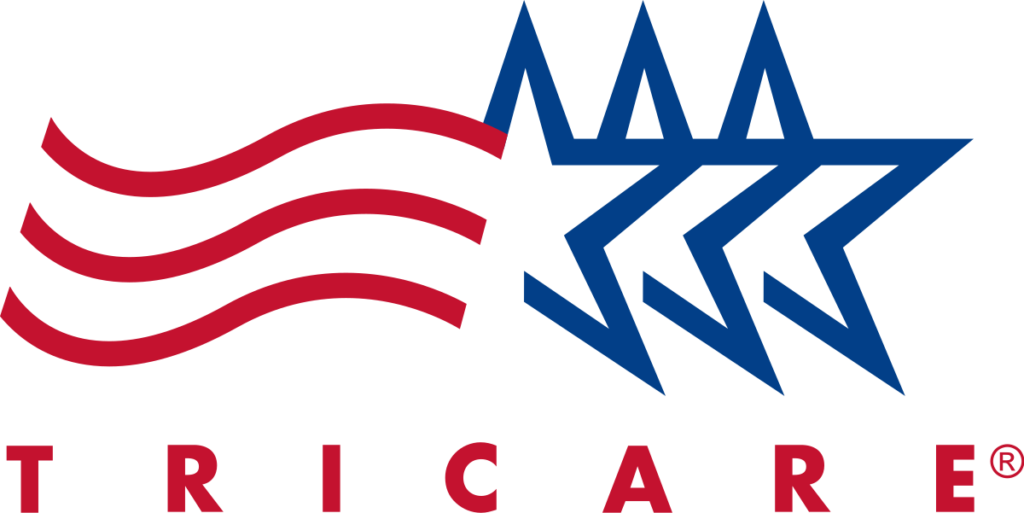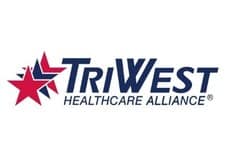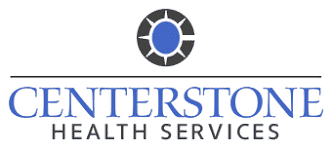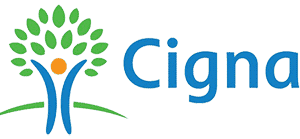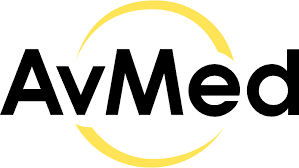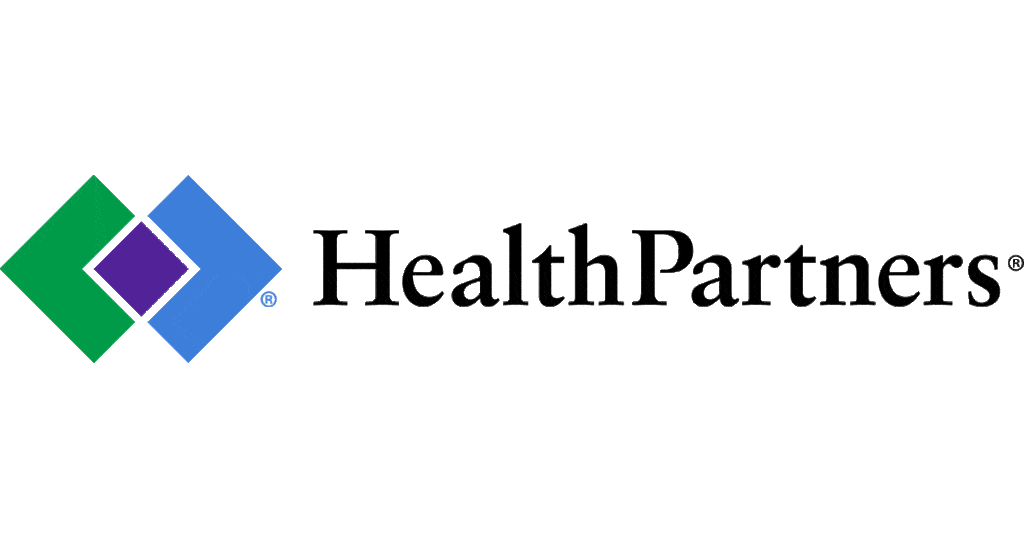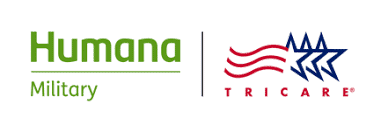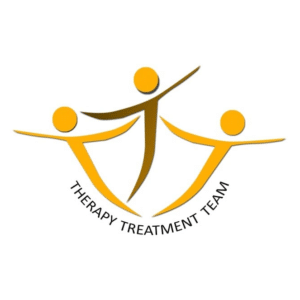The landscape of stimulant prescribing has shifted significantly over the past decade. With advancements in ADHD diagnosis, changes in state regulations, and an increase in nurse practitioners prescribing stimulants, understanding the nuances of these medications is more critical than ever. This blog will outline essential points about stimulant medications, their uses, risks, and the measures we take to ensure their safe and effective use.
The Role of Stimulants in ADHD and Beyond
Stimulant medications, such as those used to treat ADHD, are highly effective in managing symptoms for many individuals. These medications, often considered first-line treatments, help improve focus, attention, and impulse control. However, they are also used for other conditions like narcolepsy, binge eating disorder, and daytime fatigue due to sleep disorders like obstructive sleep apnea.
Despite their benefits, stimulants are classified as Schedule II controlled substances by the DEA. This designation means they have a high potential for abuse, placing them in the same category as substances like methamphetamine and fentanyl. As prescribers, we take extra precautions to balance the benefits and risks of these medications.
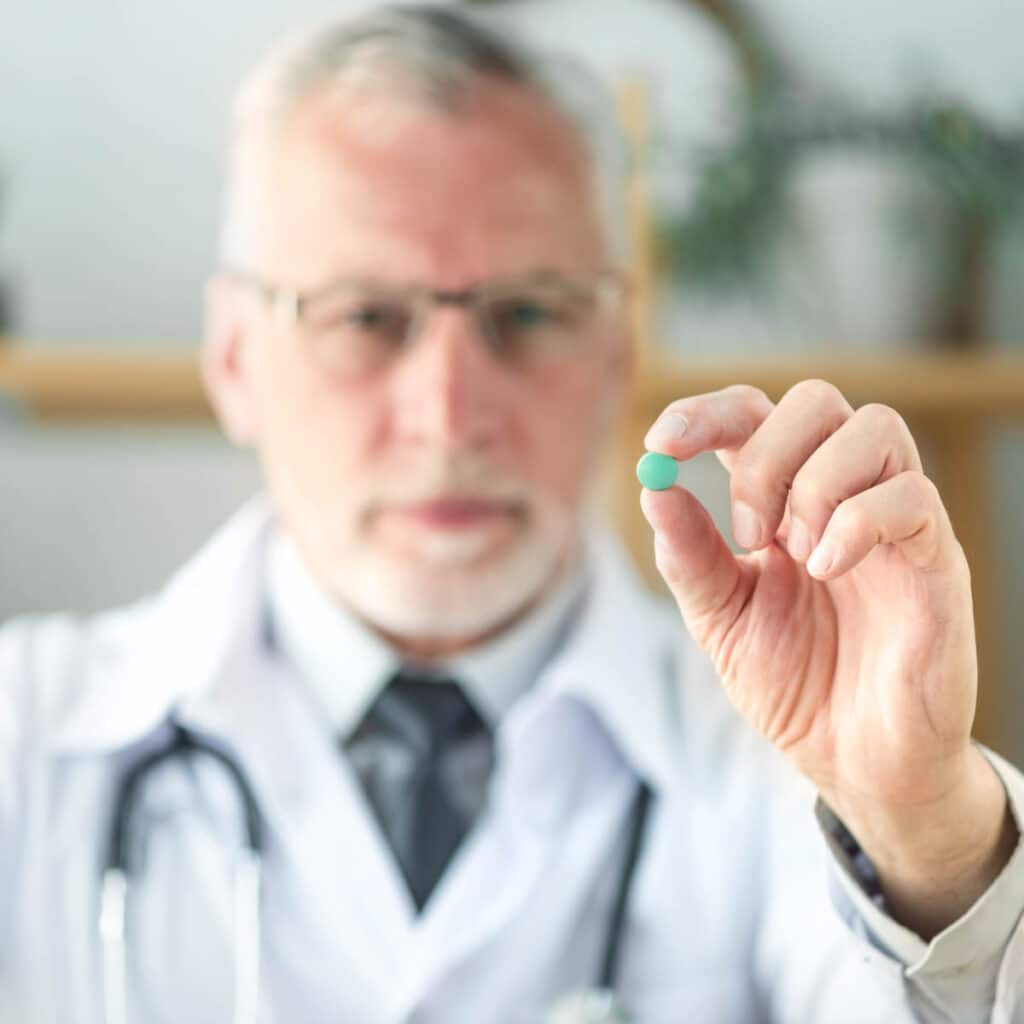
Understanding the Risks and Regulations
The potential for misuse and dependence requires strict oversight when prescribing stimulants. This includes:
- Regular Appointments: Patients must have consistent follow-ups to assess the medication’s effectiveness and monitor for any signs of misuse.
- Prescription Limits: Providers often limit the number of pills prescribed and the frequency of refills. Extended-release options are preferred to reduce the potential for abuse.
- Monitoring Through PDMP: Prescription Drug Monitoring Programs (PDMP) help us ensure patients aren’t receiving overlapping prescriptions from multiple providers.

Recent Trends and Insights
Between 2012 and 2022, the number of stimulant prescriptions increased significantly. This rise may reflect better ADHD diagnosis and broader awareness of treatment options. However, it also highlights concerns about potential overprescribing and misuse.
One surprising finding is that while ADHD diagnoses have remained stable, stimulant prescriptions have surged. This may be due to expanded use for non-ADHD conditions and possibly looser prescribing practices by some providers. Nurse practitioners now lead in stimulant prescribing, surpassing psychiatrists for the first time, which underscores the importance of maintaining rigorous diagnostic and prescribing standards across all providers.
Connection Between Stimulants and Opioid Overdose
A concerning trend is the rise in opioid overdoses involving stimulants. Postmortem studies revealed that in 2021, 32% of fatal overdoses involved stimulants, up from less than 1% in 2010. This underscores the need for careful prescribing and monitoring to prevent such dangerous combinations.
What Patients Should Know
As a patient, there are red flags and best practices to keep in mind:
- Avoid Self-Diagnosis: While it’s great to be informed, avoid insisting on a specific medication without exploring other options with your provider.
- Be Honest: Share your complete medical history and any current medications to help your provider ensure safety.
- Follow Prescriptions Closely: Taking your medication exactly as prescribed reduces the risk of dependence or misuse.
- Discuss Non-Stimulant Options: For some, non-stimulant medications or therapeutic interventions may be appropriate alternatives.

Provider Responsibility
To address misuse and dependency, providers must confirm ADHD diagnoses, limit polypharmacy (prescribing multiple controlled substances), and follow strict regulatory guidelines. The goal is to balance effective treatment with minimizing risks.
Moving Forward Together
Stimulant medications have transformed the treatment of ADHD and other conditions, but their potential for misuse requires a careful, informed approach. By working closely with your provider, you can ensure that your treatment is safe, effective, and tailored to your needs.
If you have questions or concerns about your medication, don’t hesitate to reach out. Together, we can navigate your treatment journey with confidence and care.
